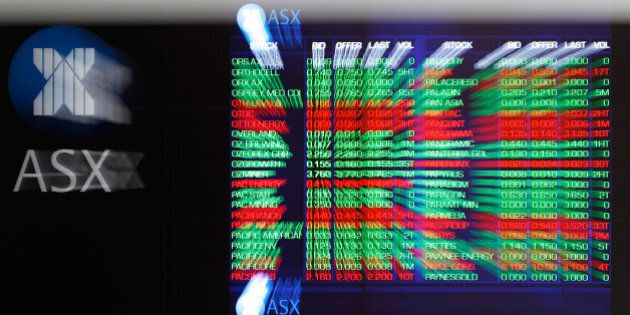
Volatility has returned to the stock market over the past month with August being the worst month for Australian stocks since the global financial crisis (GFC).
The question for investors is what does this really mean?
Volatility refers to the standard deviation of returns, or in simpler terms, how much returns vary around their average during a certain period of time. Most people switch off at this point but they shouldn't as it is a crucially important topic, especially if one is about to retire or have investments come due on a specific date.
Imagine for a moment that if you had 100 percent of your wealth in the Australian stock market and retired today, you would have 16 percent less than you had at the end of April. That is $160,000 less if your portfolio was worth $1 million. This equates to approximately 3-4 years of retirement income for someone at that level of wealth and is obviously significant.
While many of us don't have those kind of sums on our books, this basic example shows that even the average person needs to understand volatility and how to manage it in order to achieve their financial and retirement goals.
The best way to manage volatility is to have a globally diversified portfolio. That is a range of investments spread across asset classes and geographies. Unfortunately, ultra-low volatility since the GFC has made people complacent and this, along with record low interest rates, has seen many people take too much risk in the stock market -- more specifically too much exposure to the Australian stock market.
While it's true that our market offers attractive dividends, particularly on an after-tax basis for domestic investors, most people have lost sight of the risks in the domestic market. These risks include a weaker domestic economy, a slower growing China, declining terms of trade, a sharp contraction in capital expenditure and high valuations. As a result, the attractiveness of high dividends in Australia has induced people to be over-exposed to the Australian stock market and hence increased the risk of not achieving their financial and retirement goals.
So what can you do?
People should maintain a globally diversified portfolio even if it means a lower yield. A diversified portfolio should lead to lower overall volatility and a better chance of achieving their financial goals. The reason for this is: 1) stock markets around the world are driven by different factors and 2) different asset classes, such as bonds, stocks, property, alternatives and cash, often react differently in high risk environments and hence can offset some of the overall risk.
In addition to reduced risk, increased exposure to offshore stocks can make up for some of the loss in yield with potentially higher capital growth. This capital growth comes from two avenues: 1) most companies that are global leaders are listed in offshore markets and provide excellent growth potential given their dominant market positions, and 2) if the Australian dollar continues to depreciate, the value of offshore holdings increases in AUD terms.
Although the AUD has already fallen 15 percent since the start of this year, there appears to be further downside given the economic outlook and sentiment surrounding China. While 60 US cents is still a long way off, the 'Aussie' may find itself parked in the mid-to-late 60 cent range in the not too distant future.
Australians should use the recent volatility to understand that they may be taking too much risk relative to their risk profile and that they may be too concentrated in Australian assets. If this is the case, this could be an opportunity to rebalance your portfolio to make it more efficient in both a risk and return sense.